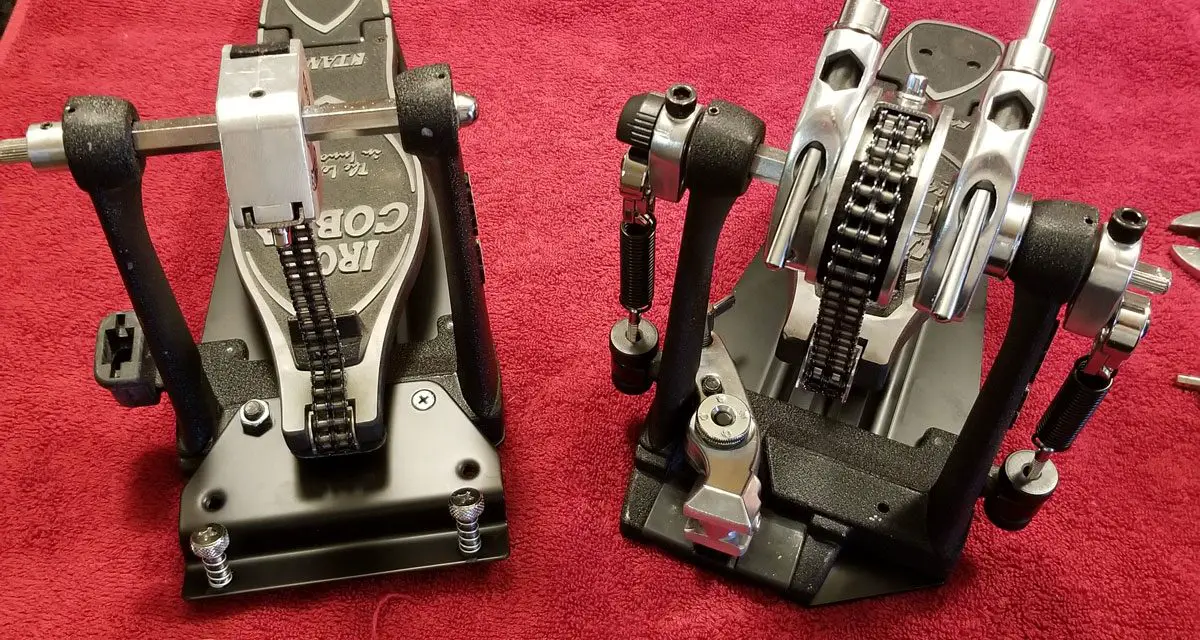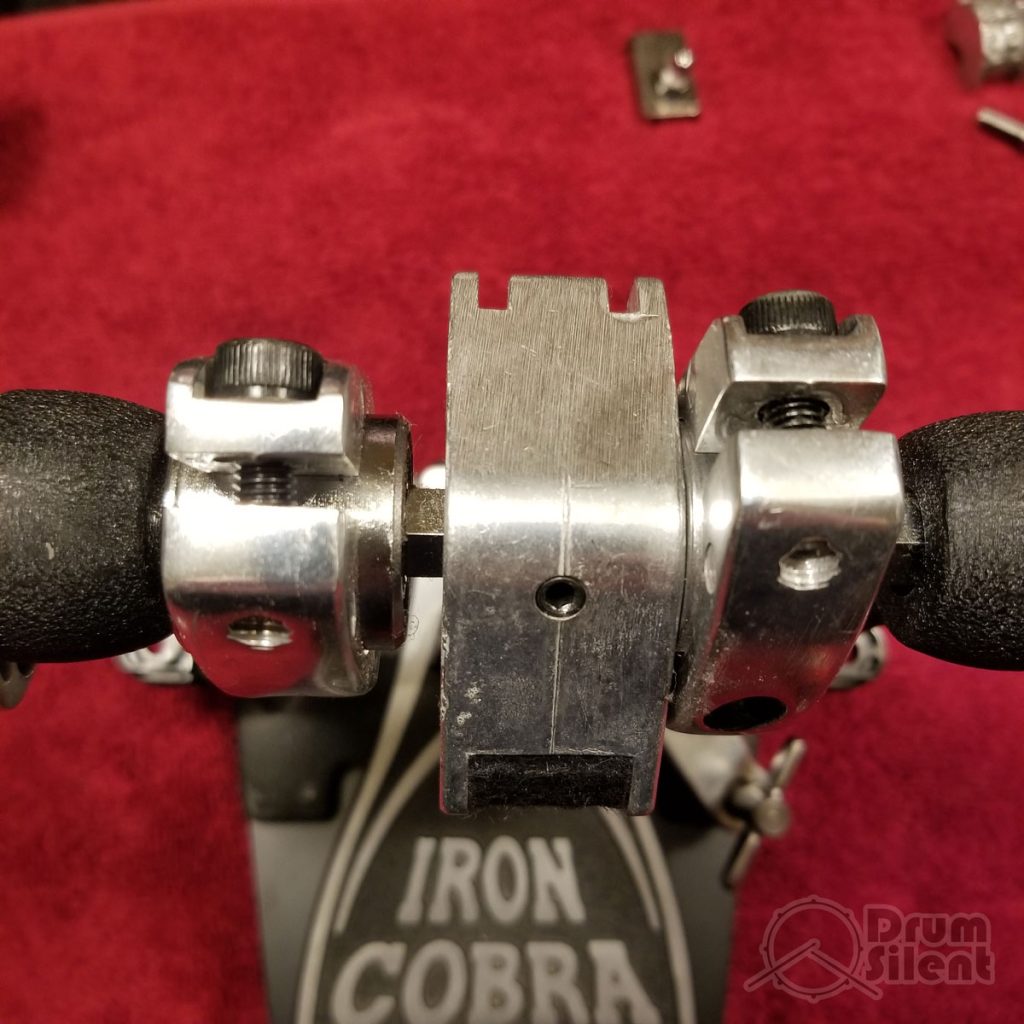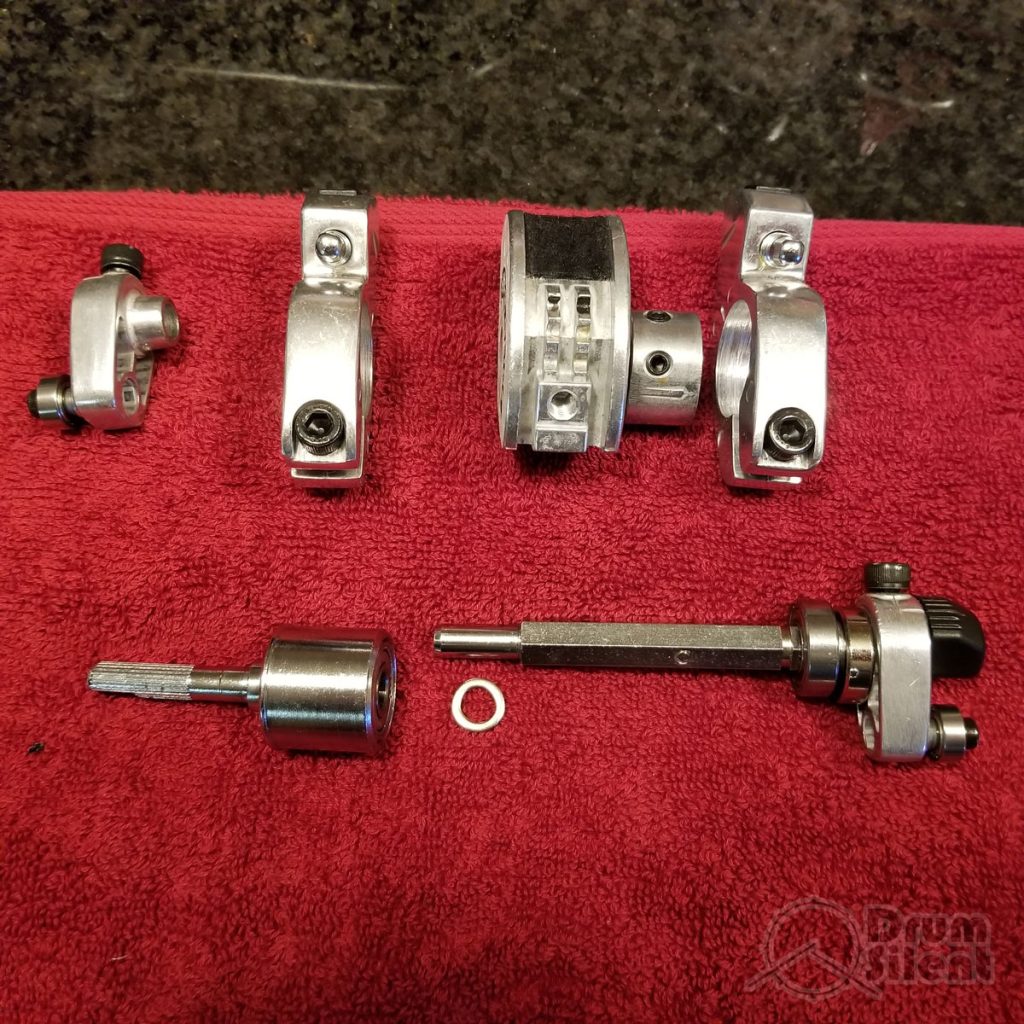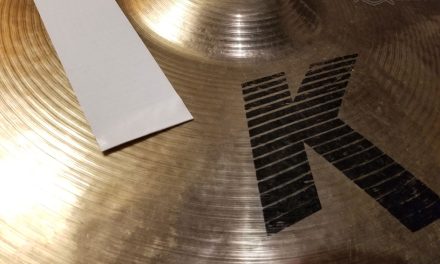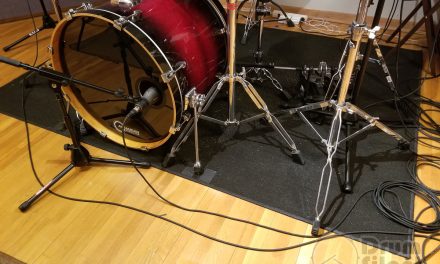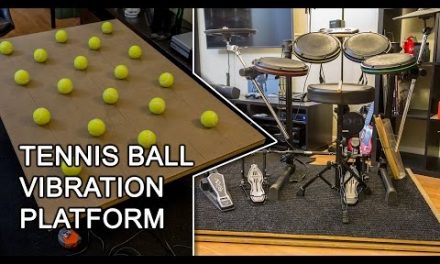It’s pretty easy to neglect care and maintenance of bass drum pedals, especially since many pedals seem to hold up fine even under poor maintenance conditions. However, if you want to keep your pedal in top working order, it’s best to perform some regular maintenance from time to time.
Your Drumming Environment
Bass drum pedals can get pretty grimy and dirty depending on the conditions you are using them in. If you’re primarily playing indoors in a clean environment it’ll be much easier to keep your pedal clean and working smoothly. But drummers who are setting up their kits in garages or places that can get dusty, dirty or overly humid will notice conditions going downhill more quickly. And then there’s the gigging factor where you might be setting up your kit and using your bass drum pedal in who knows what kind of environment.
Cleaning Your Bass Drum Pedal
Cleaning your pedal occasionally to remove dust and grime is a good idea to keep those things from building up and causing more problems over time. If you’re running into squeaky parts it could also be an indicator that it’s time to clean and lube up some of the mechanical parts on your pedal.
Cleaning the foot board, foot plate, frame and other non-mechanical parts is pretty easy, you can just use a damp microfiber cloth or something similar to wipe them down in most cases. When doing this, it’s best to not let anything air dry – manually dry anything you clean immediately to avoid the problems that standing moisture can cause. Personally, I also like to point a fan at the pedal for a while to air dry any crevices or places where moisture might have worked it’s way into during a wipe down.
Cleaning the mechanical parts such as bearings, hinges and chains takes a little more care and you might need to disassemble your pedal to do so. You might only need to tackle these parts if you notice performance decrease, but if you want to stay ahead of the game it can be worthwhile to clean and lube up any of the moving parts and bearings every now and then.
For deeper details regarding breakdown and cleaning of a pedal, check out our article about cleaning a bass drum pedal, where we take apart a Tama Iron Cobra double pedal and clean it up.
Replacing Worn Out Bearings and Springs
The most common parts to wear out on bass drum pedals are the bearings and springs, and these are also the most important parts when it comes to maintaining responsive pedal action. If you’re noticing that your pedal just isn’t moving or responding the way it used to, it could be time to replace both the bearings and the springs.
Springs are easier to remove and inspect, and it’ll be pretty obvious if a spring breaks. Some drummers replace springs more often, and some wait until they break. It’s best to have some extra springs on hand so that if you do notice them going downhill or if a spring breaks you’re not stuck waiting for parts before you can play again.
Bearing can make a grinding noise, rattle or seize up, and all of these indicate that it’s probably time to replace them. If a bearing isn’t damaged, they might simply need to be lubricated with a small drop of oil or some grease to get them moving smoothly again. You will likely need to remove them from the pedal for proper inspection. It doesn’t hurt to keep some extra bearings on hand if you want to avoid any downtime if you do run into issues.
Maintaining Foot Plate Hinges
The hinge between the foot plate and the heel plate is another thing to keep an eye on in terms of maintenance. Sometimes that hinge can get squeaky or start to loosen up and start rattling.
If it’s squeaky you can try to lube it up with a small drop of oil. Depending on your pedal you might want to remove the foot plate from the heel so that you clean and lubricate it more effectively.
If you notice rattling from the hinge it could indicate that the hinge isn’t properly tightened and there is some play between the foot plate and the heel. With some pedals it can be hard to eliminate the rattling, and it’s a more common issue on cheaper or budget pedals. But there are plenty of pedals that can be adjusted to remove any rattling. I’ve been able to adjust the tightness of the nuts on each side of the hinge on my Iron Cobra pedal to remove some rattling issues, for example.
Keeping Your Pedal From Getting Dirty
If possible, it’s best to keep your bass pedal from getting dirty and grimy in the first place. This can help keep it performing optimally and reduce the need for deep cleaning.
When I used to have my drum kit setup in my garage back in the day my bass pedals would get dirty very quickly. The dust from the garage was bad to start with. Then add in the fact that I often played the pedal with dirty shoes that might have been tracking in dirt or mud or who knows what else from outdoors. If this is where you’re currently at, it can really help to have a towel nearby to wipe down dirty shoes before you put your feet on the pedals. And then when you’re not using the pedals cover them up or store them somewhere else or in a case where they won’t collect dust and grime so quickly.
If you go through stretches of time where you’re not using your pedal at all it helps to store it in a case or something that keeps dust from collecting.
Excessive Humidity
If you have your drum setup in a place where humidity can be an issue it’s best to get that under control, not only for the bass drum pedal but for your entire drum kit as well.
Examples of this can be humid basements or garages, or just living in a climate that is more humid in general. If you have your drum kit setup in a humid location, items that sit on the floor can be even more susceptible to the humidity issues since excess moisture could collect on the floor or in your drum rug.
Excessive humidity can cause issues with rust or other corrosion. Exposed metal parts, chains and springs can simply become rusty. Painted metal parts might start to bubble. Bearings might have issues if not well maintained.
If you have your drum kit setup in a humid environment the simple solution is a dehumidifier. Also keep tabs on any surfaces that your drum kit is sitting on to make sure that they don’t feel damp from humidity or condensation.
Conclusion
As you can see, your bass drum pedal maintenance needs can vary quite a bit depending on your environment and pedal usage. If you want to get the best performance from your pedal make sure to observe your own situation and try to find some sort of regular cleaning schedule that makes sense. In most cases cleaning and maintenance can be quick and easy, and you don’t always need to fully break down your pedal unless you need to do a deep cleaning or get access to the bearings. Just make sure that you don’t let your pedal get to a point where it starts to corrode or or go beyond repair and you should have a pedal that performs well and is easier to resell if the time ever comes.

